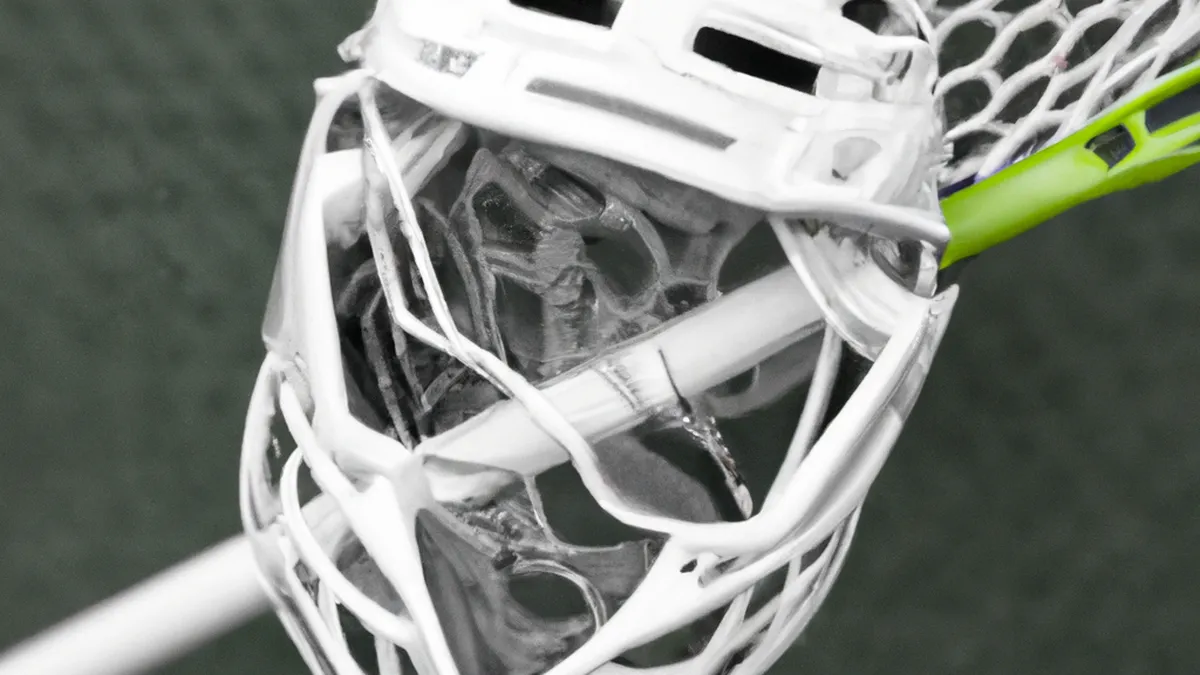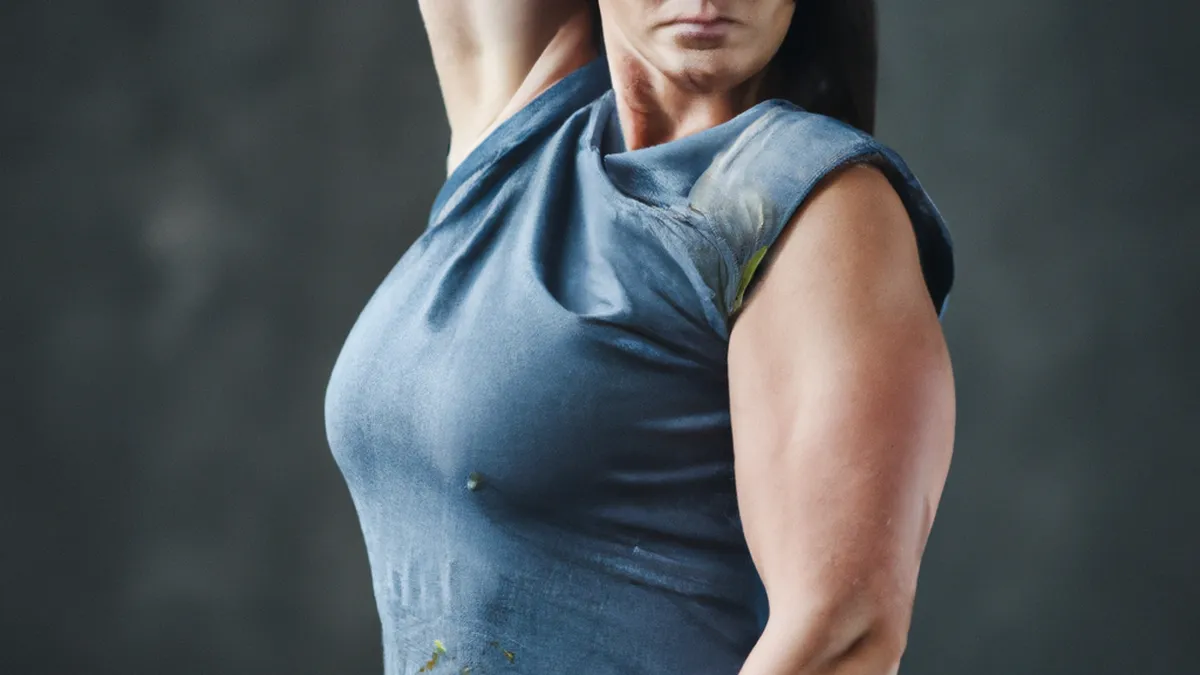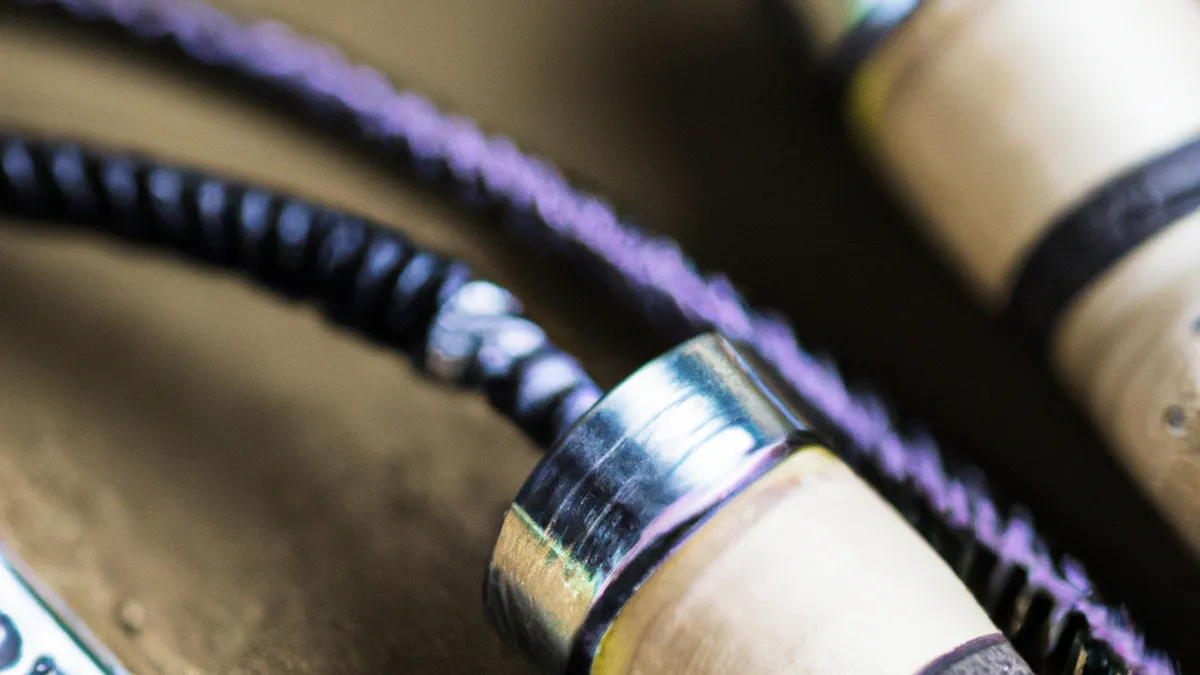Soft Tissue Release: Techniques for Sprinters
Foam Rolling Techniques for SprintersFoam rolling effectively aids sprinters’ recovery. It enhances performance and prevents injuries. Adding foam rolling to your routine boosts flexibility and reduces soreness. This blog explores essential foam rolling techniques for sprinters.
Why Foam Rolling Matters for Sprinters
Foam rolling, or self-myofascial release, releases muscle tightness. It improves blood flow and promotes tissue recovery. Intense training often tightens sprinters’ muscles. Regular foam rolling alleviates this tension and enhances performance.Foam rolling also prevents injuries. Tight muscles can cause imbalances, leading to strains or sprains. Rolling out these areas maintains muscle elasticity and function.
Essential Foam Rolling Techniques
As an Amazon Associate I earn from qualifying purchases.
Gear tip: consider foam roller, massage gun, and lacrosse ball to support this topic.
1. Target the Calves
Start with your calves, which endure significant stress during sprinting. Sit on the ground and place the foam roller under your calves. Lift your body with your hands. Roll from your ankles to the back of your knees.When you find a tender spot, pause and apply pressure for 20-30 seconds. This technique releases tightness and improves circulation. Repeat on both legs for balanced results.
2. Focus on the Hamstrings
Next, shift to your hamstrings. Lie face up and place the foam roller under your thighs. Roll from your glutes to your knees. This area often tightens from sprinting.If you feel a knot, stop and hold the pressure. This increases blood flow and releases tension. Spend about one minute on each leg.
3. Address the Quads
Give your quadriceps equal attention. Lie face down and position the foam roller under your thighs. Roll from your hips to your knees. This technique alleviates soreness and improves mobility.Pause on tight spots. Hold for 20-30 seconds to facilitate recovery.
4. Release the IT Band
The iliotibial (IT) band runs along your outer thigh. Tightness here can cause knee pain. To foam roll the IT band, lie on your side with the roller under your hip. Roll from your hip to just above your knee.Keep your body straight. This technique may feel intense but is essential. Focus on breathing and relax through the discomfort.
Tips for Effective Foam Rolling
Use the Right Foam Roller
Not all foam rollers suit everyone. Choose one based on your needs. A firm roller provides deeper pressure, while a softer one is more forgiving. Experiment to find what feels best.
Incorporate Foam Rolling into Your Routine
Consistency matters. Add foam rolling to your warm-up or cool-down. Aim for 10-15 minutes after workouts. This keeps your muscles pliable and ready for action.
Listen to Your Body
Pay attention to your body’s response. Some areas may feel more sensitive. If you experience pain, lighten the pressure. The goal is to relieve tension, not create discomfort.
Benefits of Foam Rolling for Sprinters
Foam rolling offers many advantages for sprinters. First, it improves flexibility and increases your range of motion. This can lead to more powerful strides and faster sprint times.Second, foam rolling aids recovery. It flushes out toxins and brings fresh blood to your muscles. This process reduces soreness and speeds recovery.Third, regular foam rolling enhances performance. Improved flexibility and reduced soreness enable harder, more effective training. This leads to better results on the track.Lastly, foam rolling contributes to injury prevention. Addressing tightness and imbalances helps you avoid common injuries. Staying injury-free means consistent training and improved performance.
Conclusion
Foam rolling serves as a powerful tool for sprinters. It enhances flexibility, aids recovery, and prevents injuries. Incorporate these techniques to improve your track performance. Stay consistent, listen to your body, and enjoy foam rolling’s benefits. It’s essential for any sprinter’s routine. Happy rolling!
Below are related products based on this post:
FAQ
What is foam rolling and why is it important for sprinters?
Foam rolling, or self-myofascial release, is a technique that helps release muscle tightness and improve blood flow. For sprinters, it is crucial as it alleviates tension in muscles that often tighten due to intense training, enhancing performance and preventing injuries.
How should I incorporate foam rolling into my routine?
To effectively incorporate foam rolling, aim for 10-15 minutes after workouts as part of your cool-down. You can also add it to your warm-up routine to keep your muscles pliable and ready for action.
What are some key foam rolling techniques for sprinters?
Key techniques include targeting the calves, hamstrings, quads, and IT band. Each area has specific methods to roll out tightness, which helps improve flexibility, reduce soreness, and enhance overall performance.















Post Comment